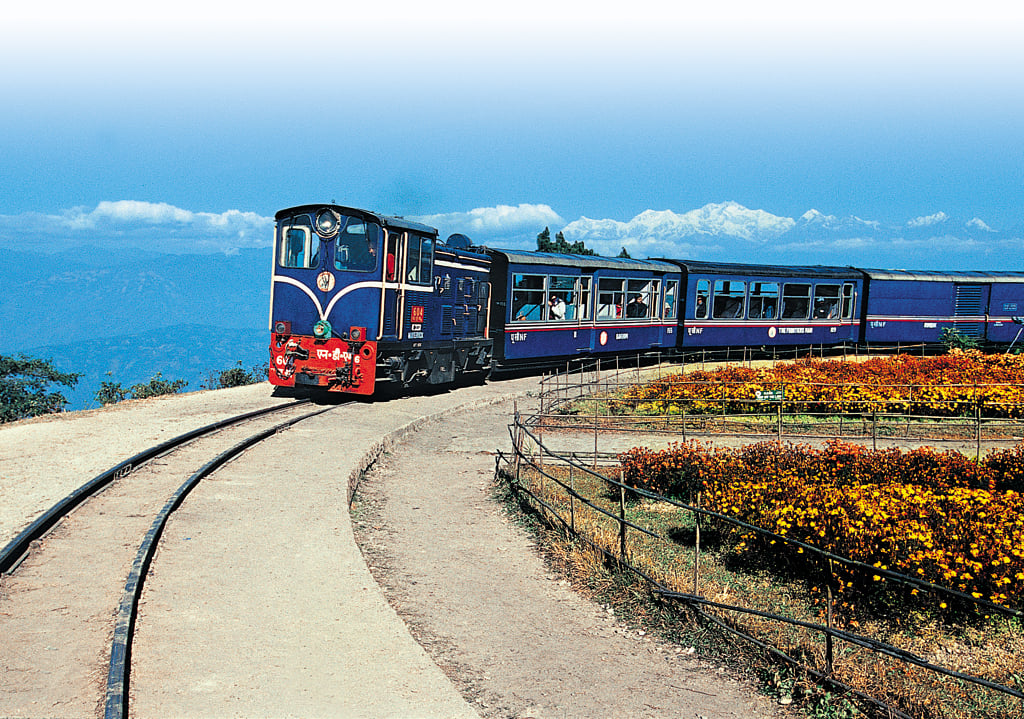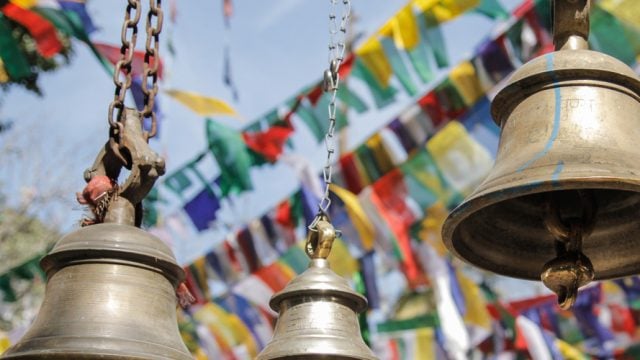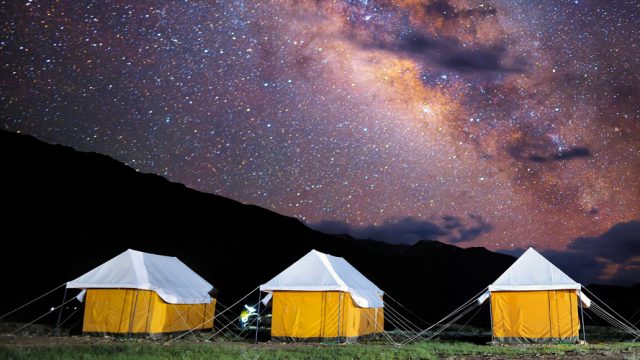To most, Darjeeling is just the hill station carved out by the British in the shadow of
To let people know about the social and cultural tradition of the hill people, Kolkata-based Banglanatakdotcom (http://www.banglanatak.com/) will be holding the Darjeeling Utsav 2017 from April 7-9. The festival will showcase various dance forms and also exhibit handicraft products from the Darjeeling district. This is also the time to catch the many hues of rhododendron in bloom.
To get to Darjeeling, the nearest airport is Bagdogra, the nearest broad gauge station is New Jalpaiguri (NJP) and the road transport hub is Siliguri. The onward journey from any of these points has to be completed by road and takes around three to four hours. Or, you can take the Toy Train, the Darjeeling Himalayan Railway (DHR), from NJP (8.30 am) or Siliguri (8.55am) and reach Darjeeling around 3.30pm (www.irctc.co.in). DHR is part of the Unesco World Heritage Mountain Railways of India.
Darjeeling Utsav 2017
Go Now
Himalaya





